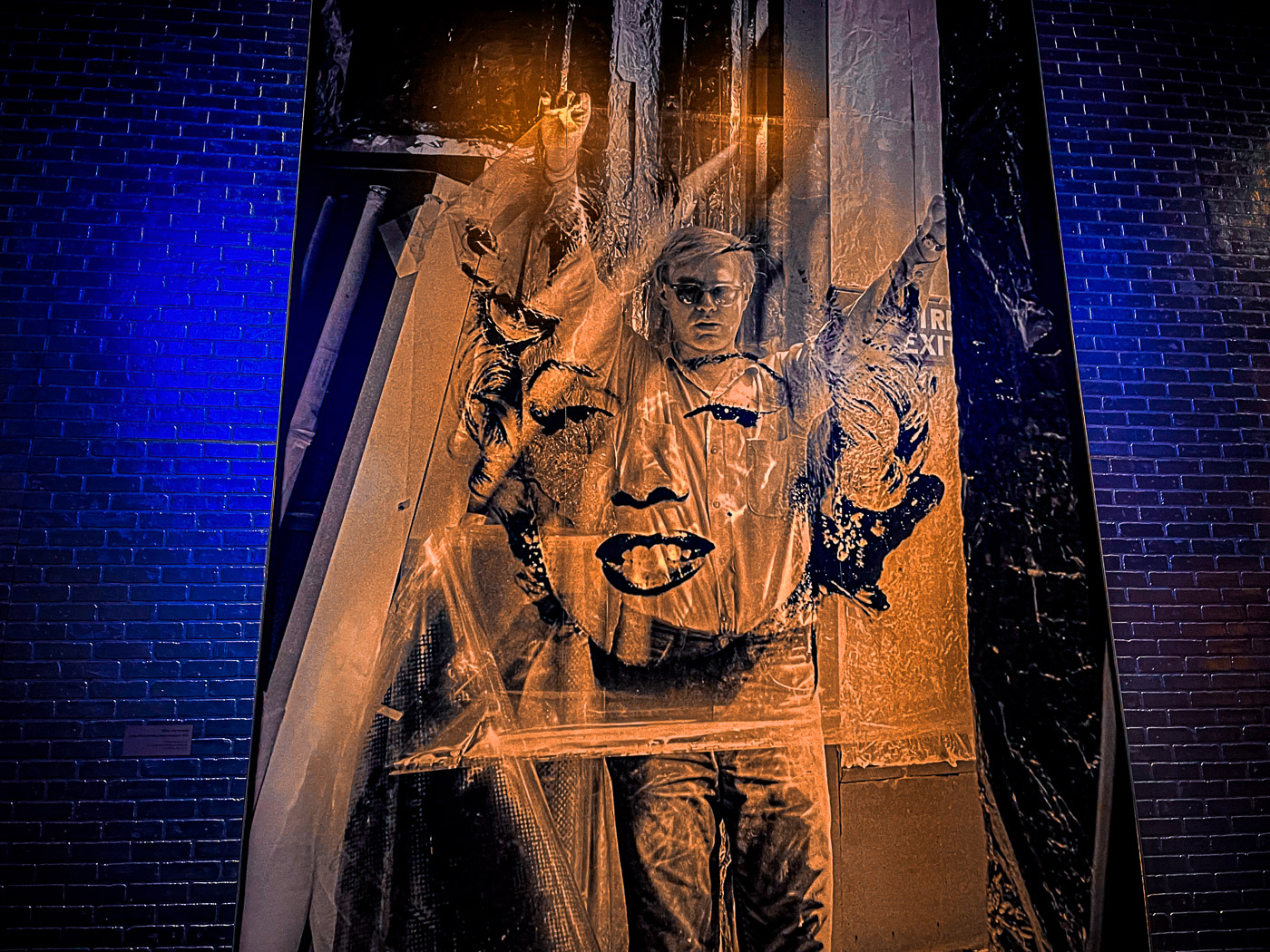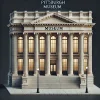The Supreme Court issued a ruling against artist Andy Warhol, who was born in Pittsburgh and was a leading figure in the pop art movement from the 1960s to the 1980s. They found that Warhol had violated a photographer's copyright by making a series of silk screens using photographs of the late singer Prince.
Located in the North Side area of Pittsburgh, The Andy Warhol Museum holds the largest collection of Warhol’s artworks and archival materials. They are one of the most comprehensive single-artist museums in the world and the largest in North America and you can find them at 117 Sandusky St.
The court made a decision on Thursday, ruling 7-2 against the artist. A lawyer representing the Andy Warhol Foundation argued the case, as the artist passed away in 1987.
The case stems from several silk screen pieces that Warhol created, based on a portrait of Prince, taken by photographer Lynn Goldsmith.
The Andy Warhol Foundation argued the pieces were protected under the "fair use" doctrine in copyright law that allows for the unlicensed use of copyright-protected work in certain circumstances, such as commentary and criticism.
Andy Warhol was born and raised in Pittsburgh, Pennsylvania. He attended the Carnegie Institute of Technology and began his artistic career as a commercial artist. Warhol became famous for his paintings of popular cultural figures such as Marilyn Monroe and Campbell's Soup can. He was also noted for his use of bright colors, bold patterns, and repetition in his artwork.
In the majority opinion, written by Justice Sonia Sotomayor, the court sided with the photographer.
"Goldsmith's original works, like those of other photographers, are entitled to copyright protection, even against famous artists," Sotomayor wrote.
Justice Elena Kagen, who wrote the dissenting opinion, disagreed, writing, "Both Congress and the courts have long recognized that an overly stringent copyright regime actually 'stifles' creativity by preventing artists from building on the works of others."























